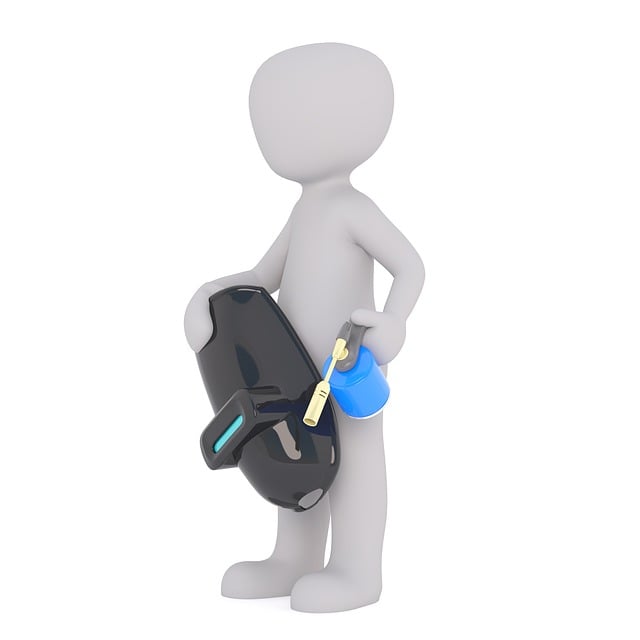Drywood termites, attracted to dry wood, infiltrate structures causing unseen damage until visible signs appear. Early detection through professional drywood termite inspections is vital. These inspections employ visual assessments, moisture testing, and pheromone detectors to identify infestations. Prompt action allows for targeted chemical treatments or barrier methods to eliminate termites and prevent future damage. Regular inspections are crucial for identifying subtle signs of drywood termite activity and safeguarding homes from structural harm.
Drywood termites can silently infiltrate and devastate homes, leaving visible damage and structural weakness. Understanding these infestations is the first step towards elimination. This comprehensive guide explores effective treatments for drywood termites, from identifying the problem to long-term prevention strategies. We delve into common control methods and emphasize the significance of professional inspection for accurate diagnosis and tailored solutions. Discover how you can protect your home and avoid costly repairs by addressing these persistent pests head-on.
Understanding Drywood Termite Infestations: Identifying the Problem
Drywood termites are a common pest in certain regions, infesting wooden structures and causing significant damage over time. Understanding how to identify an infestation is the first step towards effective treatment. These termites prefer dry wood and typically live in structural timbers, furniture, or even firewood stored indoors. During their lifecycle, they create intricate tunnels within the wood, which can go unnoticed until visible signs of damage appear.
A thorough drywood termite inspection is crucial to pinpointing the extent of the problem. Professionals use various techniques, including visual examinations, moisture content testing, and the use of dogs trained to detect termite pheromones. Early detection is key to managing infestations successfully, as it allows for targeted treatment methods that can eliminate the termites and prevent further damage.
Common Methods for Drywood Termite Control
Common methods for Drywood Termite Control involve a combination of professional inspections, targeted treatments, and preventative measures. A thorough drywood termite inspection is crucial to identifying the extent of the infestation and pinpointing weak points in your structure. Professionals use tools like moisture meters, wood probes, and non-destructive techniques to assess the situation without causing further damage.
Once the inspection is complete, treatment options include chemical applications designed to eliminate termites and prevent future infestations. These can range from local treatments targeted at active nests to barrier treatments that protect entire structures. In addition, modifying environmental conditions, such as reducing moisture levels in wood, can make your home less appealing to drywood termites.
Professional Inspection: The First Step Towards Elimination
A professional drywood termite inspection is the crucial first step in eliminating an infestation. These expert assessors are trained to identify subtle signs of a drywood termite presence, which can often go unnoticed by untrained eyes. They employ specialized techniques and tools tailored for drywood termite detection, ensuring no egg, nymph, or adult termites are overlooked.
During the inspection, professionals thoroughly examine structures, focusing on potential entry points, wood damage, and distinctive mud tubes that termites construct. This thorough evaluation not only confirms the extent of the infestation but also provides a roadmap for the most effective elimination strategies. With this information, homeowners can proceed with confidence, knowing their properties are in capable hands.
Long-Term Prevention Strategies to Keep Your Home Safe
In addressing drywood termite infestations, a multi-faceted approach is key. While common control methods offer solutions, professional inspection remains the critical first step for accurate identification and targeted treatment. By combining these strategies with long-term prevention tactics, homeowners can effectively eliminate current problems and safeguard their properties against future drywood termite damage. Remember, early detection through thorough drywood termite inspections is essential to mitigating these persistent pests.
